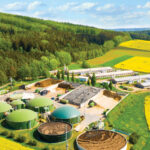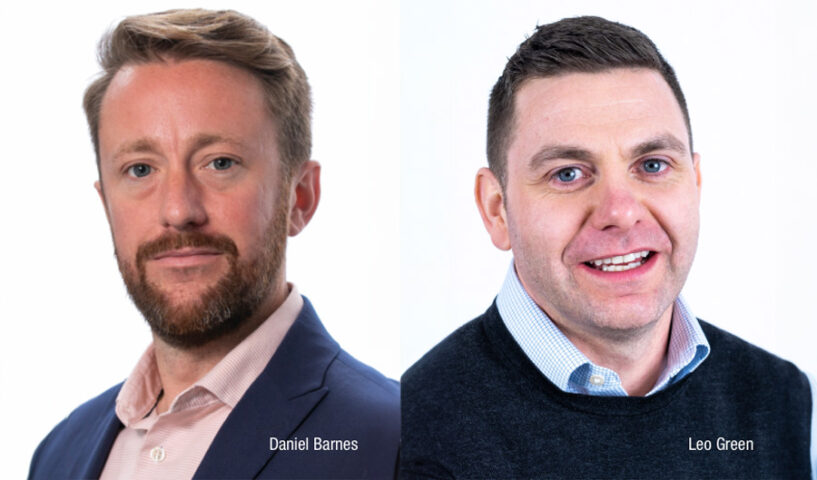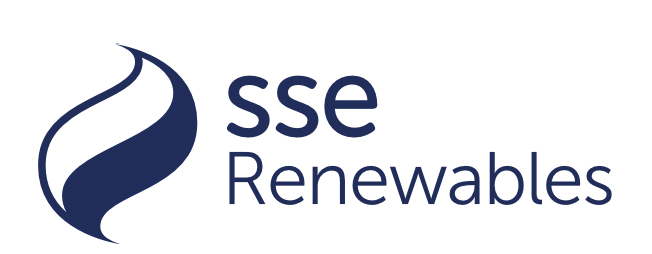
Offshore wind auction approves 3GW
9th October 2023
Europe’s biomethane journey
9th October 2023It is solar’s time to shine

The speedy delivery of solar and battery technology across the island can support Ireland’s Climate Action Plan goals, says SSE Renewables.
For almost three decades, SSE Renewables has been harnessing the wind energy resource around our island to generate green power for Irish homes and businesses. From its very foundation in the early days of Eirtricity and then Airtricity, through its acquisition by SSE plc, and then the creation of SSE Renewables as a standalone renewable energy developer and operator, the company has always pioneered the possibilities that wind-powered generation could afford for Ireland.
Through grit and graft, passion and persistence, its wind analysts, engineers, and development personnel led the way in advancing the case for wind energy in Ireland. Today, wind energy is very much the mainstream, and SSE’s own portfolio of onshore wind farms is one of the most prized on the island.
But nearly 30 years on, new challenges face us, requiring new thinking and new approaches. No longer are we solely focused on achieving net zero carbon emissions by 2050 to combat climate change; today, it is as crucial that Ireland achieves its energy independence to reduce its exposure to costly and volatile gas markets. To achieve this, the country will need to deliver unprecedented levels of clean, affordable, and sustainable energy, across all commercial-scale renewable energy technologies.
That is why SSE Renewables is taking action to deliver an expanded pipeline of projects across the island as part of SSE’s Net Zero Acceleration Programme (NZAP). This programme will see SSE Renewables increase its installed renewable energy capacity to 9GW by 2027, and over 16GW by 2032.
In line with its NZAP objectives, SSE Renewables is expanding its pipeline of solar and battery energy storage system (BESS) projects in Ireland, as well as its team of expert engineers and technicians to deliver them.
However, according to SSE Renewables’ Head of Development for Solar and Battery, Daniel Barnes, much needs to be done to speed up the development of these vital emerging and innovative projects.
“There are a lot of challenges in the development of solar and battery in Ireland that need to be addressed,” Barnes says.
“We have seen significant delays in our planning system which need to be fixed. These delays are consequently affecting grid applications, resulting in fewer eligible projects for Ireland’s Renewable Electricity Support Scheme (RESS) auction.
“Projects that were successful in the RESS 2 auction are now walking a tightrope trying to navigate grid connection delays, cost increases, higher interest rates, and a tight supply chain. The Department may need to consider some options to ensure that the RESS 3 auction takes account of the challenging development environment.
“In order to help expedite the deployment of solar and energy storage we anticipate the need for more frequent grid connection processing rounds and removal of the existing grid connection offer cap on storage projects.”
In November 2022, the Department of the Environment, Climate and Communications published its consultation on electricity storage policy framework for Ireland. SSE is now keenly awaiting the publication of the framework alongside storage objectives for incorporation into the Climate Action Plan.
For its part, SSE Renewables supports a review of firm access rights for energy storage projects, as Barnes points out: “The potential for energy storage is to optimise that of existing generation. This can have a positive and significant impact on managing constraints, as well as dampening the impact of generation intermittency on the system. It is critical that a review of this impact, and scheduling and dispatch into the market, takes place as soon as possible to ensure a level-playing field on the matter of firm access between battery storage and other technologies.
“Battery storage can support near-term and long-term security of supply and give huge support to the grid by participating in the day-ahead market, reducing day-ahead emissions, and helping with the integration of renewables by reducing oversupply.”
“There are a lot of challenges in the development of solar and battery in Ireland that need to be addressed.”
Head of Development for Solar and Battery, Daniel Barnes
Solar and storage co-location
Solar and energy storage co-location has multiple benefits when it comes to achieving net zero ambitions, not least with regards to reducing costs by sharing existing infrastructure and making the most effective use of grid capacity.
SSE Renewables sees co-location as a key part of its strategy. In September 2023, the company submitted a planning application for a solar farm located adjacent to its current 27MW wind farm at Richfield in the ‘sunny south-east’.
The proposal would see a 21MW solar farm constructed on a 44-hectare site in south Wexford, and close to the existing 18 turbine wind farm which has been operational since 2006.
It is one of the first co-location projects currently in planning for SSE Renewables but one which the company hopes will make the case for future co-location sites.
Leo Green, Head of Onshore Programmes at SSE Renewables, says co-location of new solar beside existing wind generation would make the site much more productive and resilient, capable of contributing power to Ireland’s grid at times when the sun shines but when the wind does not blow.
“Richfield Wind Farm currently generates enough energy to power up to 18,000 homes per annum and through co-location we can increase that output by around 25 per cent, which could power an additional 4,500 households. This could further support efforts to meet Ireland’s target of generating 80 per cent of its electricity from renewable sources by 2030,” Green says.
“However, there are some ongoing regulatory barriers facing hybrid projects in Ireland, such as the installed capacity cap and the sharing of export capacity. The Regulator plans to consult on both barriers shortly, and addressing these challenges will be imperative to achieve the targets of the Climate Action Plan.”
With this in mind, the development of the Richfield co-location project will be subject to changes and reforms in Ireland’s current grid connection consenting regime to allow for hybrid technology grid connections to facilitate co-location of wind and solar generation sources. Delivery of the project is also subject to securing an economic route to market ahead of a final investment decision expected around early 2026.
Green continues: “If co-location projects are to help deliver Ireland’s climate goals, we will require more certainty as to how the regulatory framework will be evolved to support developments like Richfield.
“SSE Renewables is ready to work closely with key government and regulatory stakeholders to remove the barriers to co-location projects and support the delivery of important solar and battery technology projects co-located at existing sites.”
For more, visit sserenewables.com/solarandbattery


